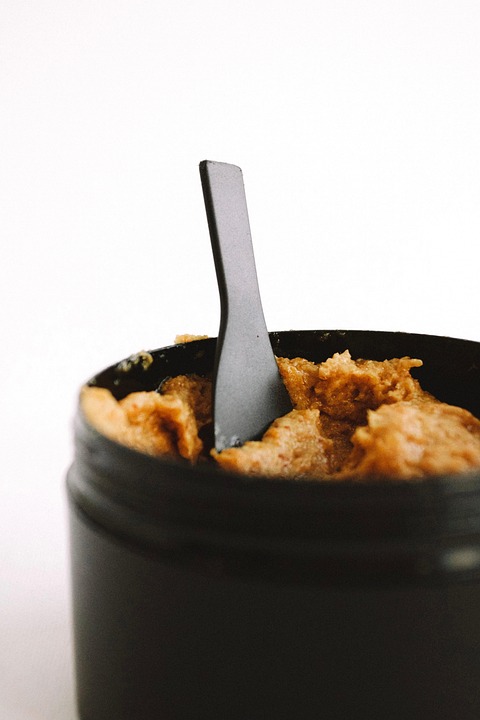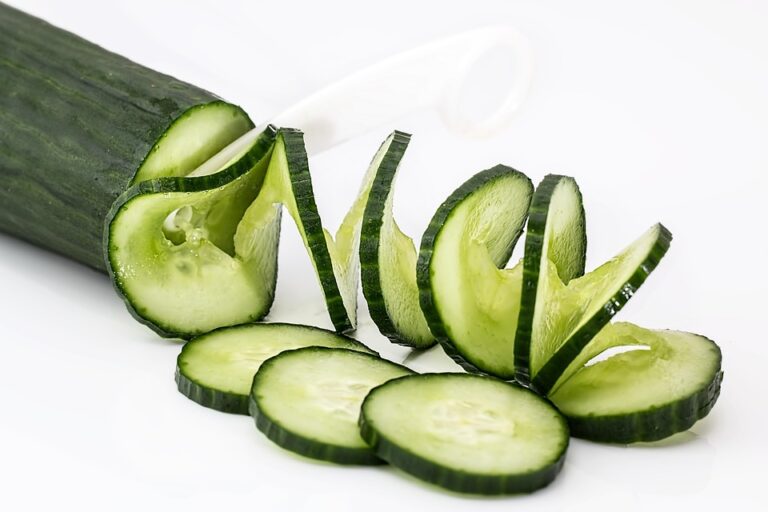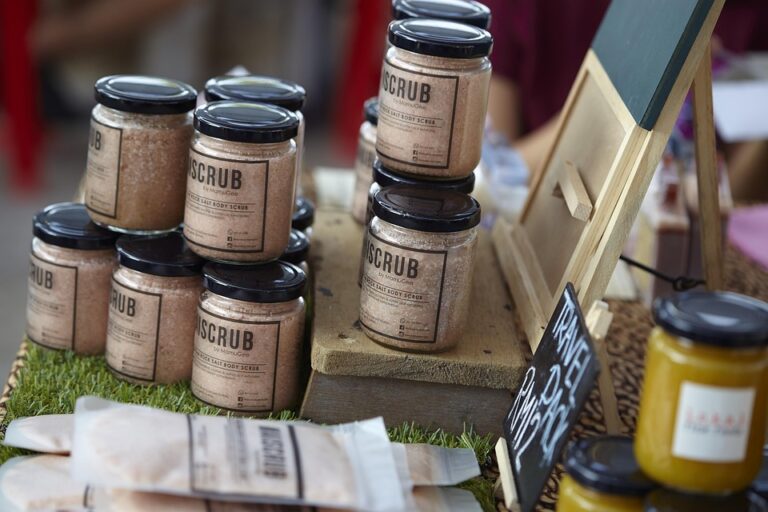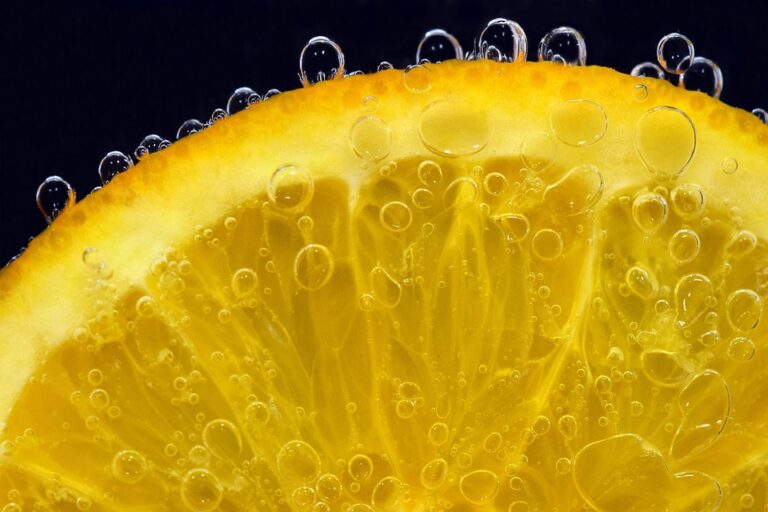
In the quest for that elusive, radiant complexion, exfoliation stands as a crucial pillar in our skincare routines. Yet, amidst the myriad of products available, one may wonder: what type of exfoliating scrub is best suited for my skin type? This guide delves into the common types of exfoliating scrubs, illuminating their unique attributes while addressing the underlying question of how to achieve that enviable glow.
1. Physical Exfoliants: The Classic Approach
Physical exfoliants are perhaps the most familiar, often found in granular scrubs that rely on manual abrasion to slough off dead skin cells. These scrubs typically contain natural or synthetic particles, such as sugar, salt, or finely crushed nutshells. The immediate satisfaction of their use can be intoxicating, but they carry a caveat. Overzealous scrubbing can lead to micro-tears in the skin, causing irritation and redness.
The efficacy of physical exfoliants largely depends on the size and shape of their particles. A study by dermatologists indicates that rounder particles tend to be gentler on the skin compared to jagged ones. It begs the question: are we adequately mindful of the tools we use in our pursuit of perfection?
2. Chemical Exfoliants: The Gentle Giants
Moving beyond the physical realm, we encounter chemical exfoliants—products that work their magic by dissolving dead skin cells at a molecular level. Common active ingredients include alpha-hydroxy acids (AHAs) like glycolic acid and beta-hydroxy acids (BHAs) such as salicylic acid. While the thought of applying acids to our skin may seem daunting, they offer a gentler alternative for those with sensitive skin.
Chemical exfoliants are particularly adept at targeting specific concerns, such as acne or hyperpigmentation. An article from the British Journal of Dermatology even suggests that regular use can improve skin texture and tone over time. Yet, it’s vital to approach these products with caution; over-exfoliation can lead to a compromised skin barrier.
3. Enzymatic Exfoliants: Nature’s Answer
Enzymatic exfoliants have surged in popularity, heralded for their natural origins. Derived from fruits such as papaya and pineapple, these scrubs utilise enzymes to break down dead skin cells without the need for scrubbing. This method is particularly appealing for those with sensitive or reactive skin types.
Research indicates that enzymatic exfoliation can enhance the skin’s natural renewal process while minimising irritation. A noteworthy point to consider, however, is the potential for allergic reactions; always perform a patch test before diving into this botanical trend.
4. The Right Choice for Your Skin Type
Determining the right exfoliating scrub for your skin type is paramount. Oily skin may benefit from chemical exfoliants that clear clogged pores, while dry skin types might find solace in gentle enzymatic options. Combination skin, that ever-elusive category, often thrives on a balanced approach—perhaps alternating between physical and chemical exfoliants.
It’s also worth pondering: how often should one exfoliate? The answer varies; while some may find comfort in weekly scrubs, others may need only bi-weekly treatments. Listening to your skin, as opposed to adhering rigidly to trends, is the key to unlocking your skin’s potential.
A Lasting Glow Awaits
In the intricate world of skincare, exfoliating scrubs serve as vital allies in the pursuit of a luminous complexion. By understanding the distinctions between physical, chemical, and enzymatic exfoliants, one can tailor their approach to suit individual skin needs. As we navigate the landscape of skin health, remember to embrace the journey rather than chase perfection.
For those keen on discovering the latest in skincare and beyond, BargainsTrust continues to bring you a curated selection of products that cater to your every need. With the right knowledge and tools at your disposal, a radiant glow is well within reach.






